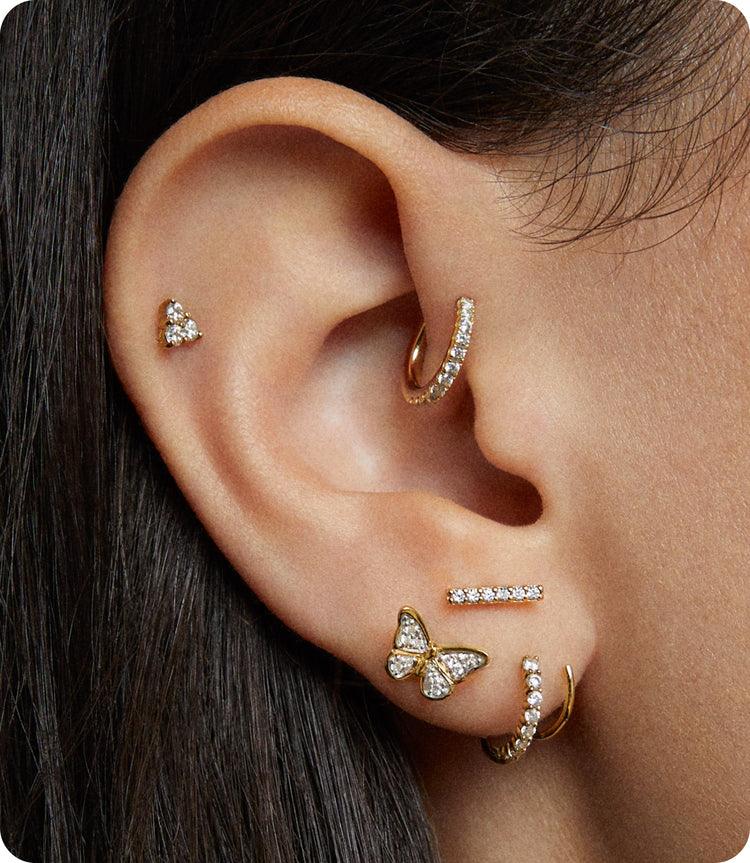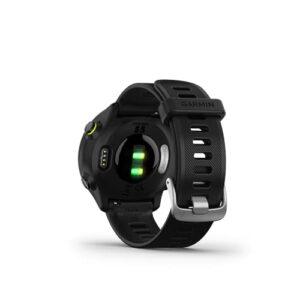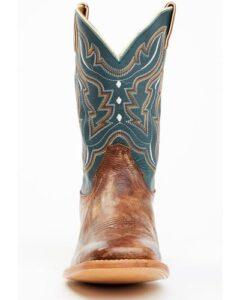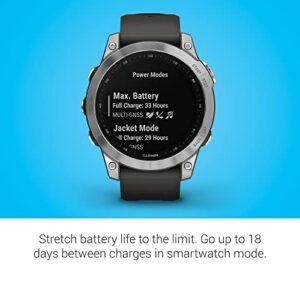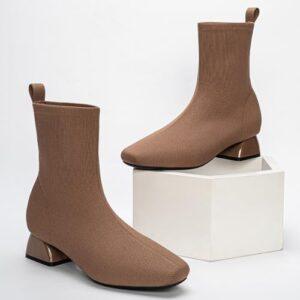Wondering when you can switch out your earrings without causing pain or infection? You’re not alone.
Changing earrings too soon can lead to irritation, while waiting too long might make you eager for a fresh look. You’ll discover the right timing to safely swap your earrings, how to care for your ears during the process, and tips to keep your piercings healthy.
Keep reading to find out exactly when and how you can enjoy new earrings without any hassle.
Healing Stages Of Ear Piercings
The initial healing phaseof ear piercings usually lasts about 6 to 8 weeks. During this time, the skin forms a protective layer. The area might be red, sore, or swollen. Cleaning the piercing gently helps prevent infection. Avoid touching or turning the earrings too much.
Signs of complete healinginclude no pain, redness, or swelling. The skin looks normal and feels soft. You can switch earrings when the hole is fully closed around the postand does not bleed or hurt.
| Factor | Effect on Healing Time |
|---|---|
| Age | Younger people heal faster |
| Aftercare | Good care speeds healing |
| Location of piercing | Cartilage piercings take longer |
| Health | Strong immune system helps |
| Jewelry material | Hypoallergenic metals reduce irritation |

Credit: heyrowan.com
Recommended Timeframes For Different Piercing Types
Earlobe piercingsusually heal the fastest. It takes about 6 to 8 weeksbefore you can safely switch earrings. Clean hands and gentle care are important during healing. Always use hypoallergenic earrings to avoid irritation.
Cartilage piercingsneed more time. Healing can take 3 to 6 monthsor longer. Cartilage is tougher and slower to heal, so changing earrings too soon may cause pain or infection. Be patient and keep the area clean.
Other ear piercing typeslike tragus, rook, or daith often need 3 to 9 monthsto heal fully. Healing time varies by person. Avoid switching earrings until the piercing feels no longer tender or swollen. Gentle cleaning helps prevent problems.
Tips For Safe Earring Switching
Choose earrings made from hypoallergenic materialslike surgical steel or gold. These reduce the risk of allergic reactions. Avoid heavy or sharp earrings right after piercing. Small, smooth studs work best for sensitive ears.
Clean earrings and your hands before switching. Use gentle soapand warm waterto wash earrings. Dry them well with a clean cloth. Clean your earlobes to prevent bacteria buildup. This helps avoid infections and irritation.
- Switch earrings only when ears are fully healed.
- Remove earrings carefully to avoid tuggingor damage.
- Don’t share earrings with others to prevent infections.
- Change earrings regularly, but not too often to allow healing.
When To Consult A Professional
Signs of infectioninclude redness, swelling, and pain around the piercing. Watch for yellow or green pus, which means the ear may be infected. Warmth or tenderness near the piercing can also be a sign. Avoid switching earrings if any of these symptoms appear.
Professional aftercare serviceshelp keep piercings clean and healthy. Experts can check for problems and give advice on healing. They may clean the piercing with special solutions and suggest the best time to change earrings. Visiting a professional reduces risks of infection and other issues.
Maintaining Healthy Piercings Long-term
Clean earrings and pierced skin daily with mild soap and water. Avoid touching piercings with dirty hands. This helps stop infections and keeps piercings healthy. Use a clean cloth to dry the area gently after washing.
Choose earrings made from hypoallergenic materialslike surgical steel, titanium, or 14k gold. These metals reduce the chance of irritation or allergic reactions. Avoid cheap metals that may cause redness or swelling.
Visit a professional piercer for checkups. They can spot problems early and offer advice. If you feel pain, redness, or discharge, see a piercer or doctor right away. Taking care of your piercings helps them heal well and stay safe for a long time.

Credit: www.reddit.com

Credit: www.reddit.com
Frequently Asked Questions
When Is It Safe To Switch Out New Earrings?
You can switch new earrings after the initial healing, usually 6-8 weeks. Ensure your piercing is fully healed and shows no signs of irritation or infection before changing earrings.
How Do I Know If My Piercing Is Healed?
Your piercing is healed when there’s no redness, pain, or discharge. The skin should look normal and feel comfortable when touching or moving the earring.
Can I Switch Earrings Immediately After Piercing?
No, avoid switching earrings immediately after piercing to prevent infection. Wait until the piercing has healed properly, usually 6-8 weeks, before changing earrings.
What Type Of Earrings Are Best For First Wear?
Choose hypoallergenic earrings made of surgical steel, titanium, or gold. These materials minimize allergic reactions and promote faster healing in new piercings.
Conclusion
Healing takes time, so be patient with your ears. Wait at least six to eight weeks before changing earrings. Clean your hands and earrings well to avoid infection. Choose gentle, hypoallergenic earrings for the first switch. Pay attention to any redness or pain.
If you notice problems, give your ears more time to heal. Taking care now means healthy ears later. Enjoy your new earrings safely and comfortably.

Madison Clark is a footwear expert and the voice behind MyStyleGrid.com. She specializes in honest shoe reviews, style tips, and practical guides to help readers find the perfect pair for any occasion. With years of experience in blogging and content creation, Madison makes footwear knowledge simple, stylish, and easy to follow.

